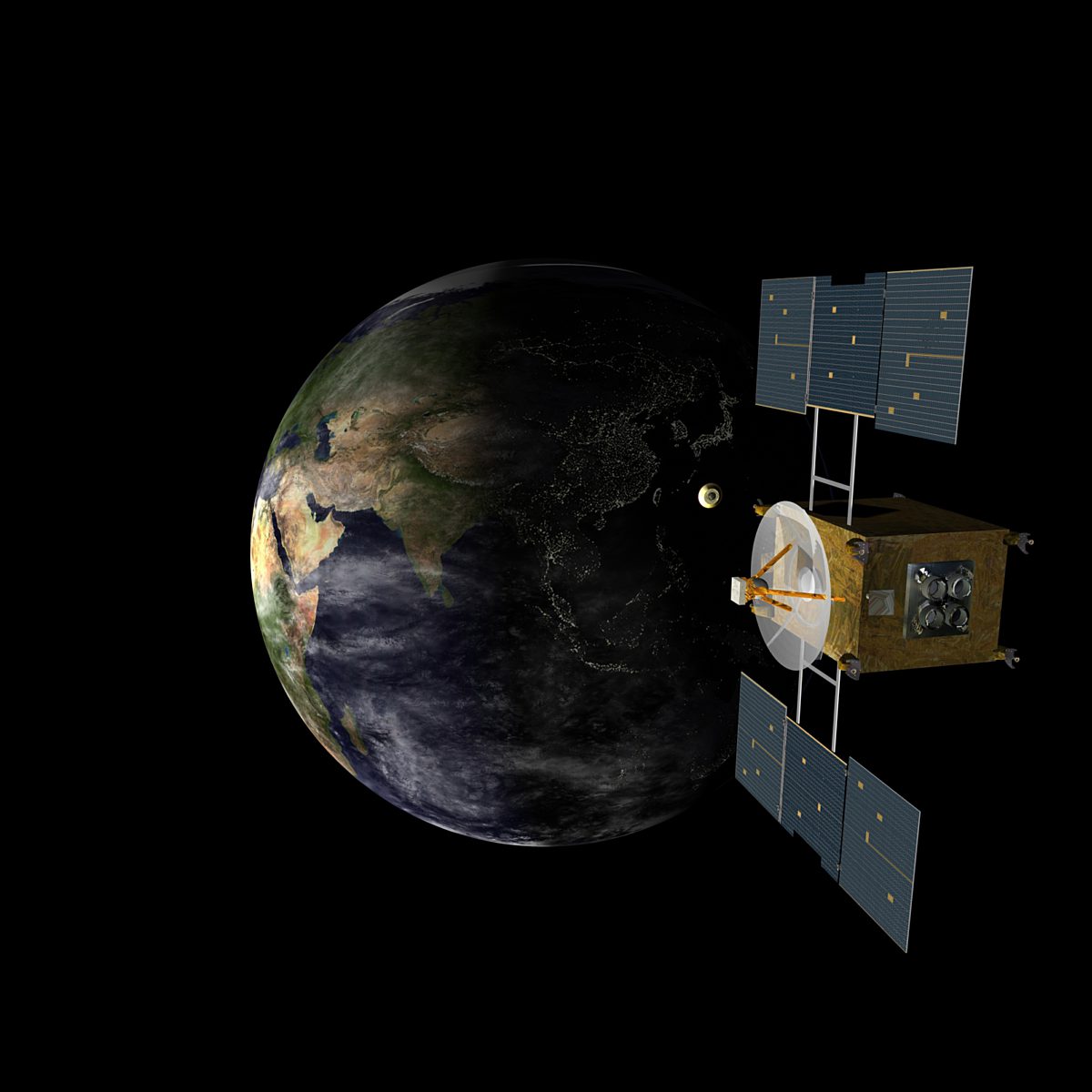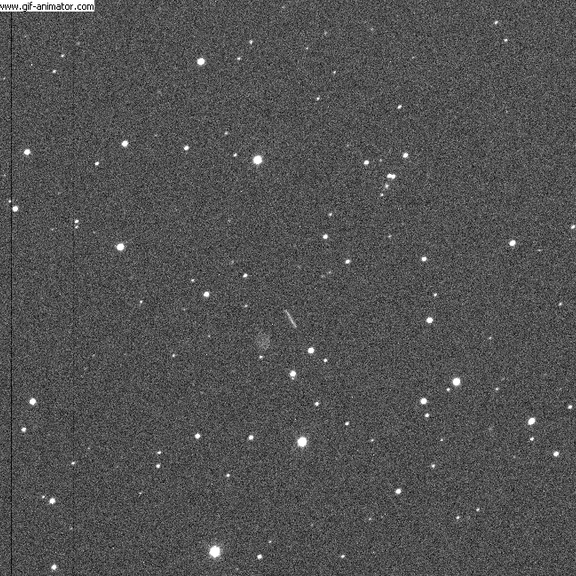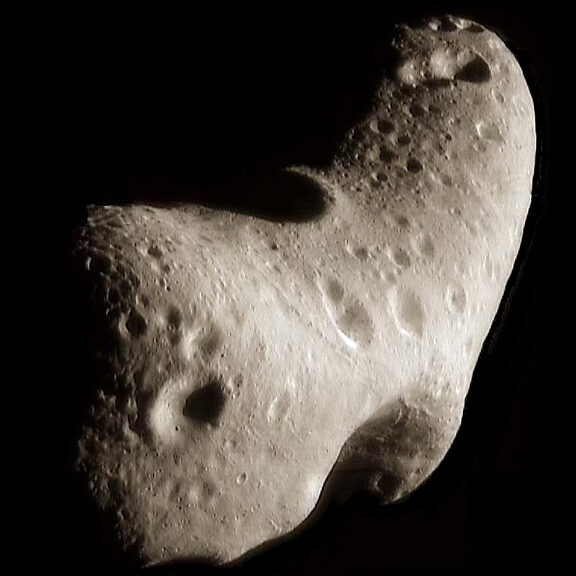All
All
Stories, updates, insights, and original analysis from The Planetary Society.
Rosetta's Lutetia pictures
I saw these pictures for the first time just 10 minutes before boarding my flight back home, and forced myself to download everything I could find as quickly as possible without pausing to actually look at them.
Lutetia -- and Saturn!!
A quick post of just one of the gorgeous images from Rosetta's flyby of Lutetia today; for more, see the Rosetta Blog. But this one was just too pretty to wait for.
Rosetta Lutetia flyby successful; approach images posted; high-res images yet to come
All appears to be going very smoothly on Rosetta through, and after, its flyby today of asteroid (21) Lutetia.
Rosetta's Lutetia navigation campaign complete
Rosetta's most important job over the last few months has been to observe how the position of asteroid (21) Lutetia shifts against the background of fixed (fixed, that is, as far as Rosetta can see) stars.
Three days to Lutetia for Rosetta!
On July 10, 2010, at 15:44:56 UTC, the Rosetta spacecraft will fly within 3,162 kilometers of the largest asteroid yet visited by a spacecraft.
A look inside the Hayabusa sample capsule
A very brief item posted on the Hayabusa website included two pictures of the interior of its sample return capsule, one of which shows a particle.
One month, one journal, so many missed space stories!
Or: Emily reads you the table of contents of Icarus.
Lutetia in Rosetta's sights
It's unimpressive now, but in a few weeks the pinpoint of light at the center of this photo of a starry sky will loom very large to Rosetta's cameras.
Hayabusa's return: a review
Hayabusa's return: round up some of the amazing photos, movies, and artworks that were posted and shared and Tweeted and re-Tweeted over the previous dozen hours or so.
Six days left for Hayabusa: A recap of the mission
The Hayabusa spacecraft is about to die. On Sunday, June 13, at 14:00 UTC, Hayabusa will burn up in Earth's atmosphere, bringing its dramatic seven-year mission to an end.
Progress on WISE's asteroid survey
I wrote some time ago about the expectations for the Wide-field Infrared Survey Explorer (WISE)'s contributions to solar system science. A couple of days ago, JPL posted an image and movie documenting the progress to date.
Arecibo saves us from another potentially hazardous asteroid
That's a bit of an overdramatic title, but it's true that the most efficient way for us to reduce the risk we face from asteroids that have a very small chance of hitting Earth in the future is to determine their orbits more precisely.
How radio telescopes get "images" of asteroids [DEPRECATED]
Every time I post a radio telescope image of a near-Earth asteroid, I get at least one reader question asking me to explain how radio telescopes take photos, so I'm hereby writing a post explaining the basics of how delay-Doppler imaging works.
Naming X: A contest for kids to name small bodies
A contest has just been announced that appears to create a pathway for schoolchildren to suggest names to the International Astronomical Union for minor planets -- all those small things in the solar system that don't orbit the eight big ones.
Hubble turns 20
Tomorrow is the 20th anniversary of the launch of the Hubble Space Telescope. It's hard to believe it's been going strong for so many years.
Hayabusa's coming home
It really looks like Hayabusa is going to make it home. Hayabusa's sample return capsule will be returning to Earth on June 13, 2010, landing in the Woomera Prohibited Area, Australia at about 14:00 UTC.
21 Lutetia, Rosetta's July target
While I was waiting for President Obama's speech yesterday, I read over a paper by I. N. Belskaya et al titled
Quaoar: A rock in the Kuiper Belt
The paper I'm writing about today,
Updates on Shoemaker NEO Grant Recipients (18 March 2010)
Our past Shoemaker NEO grant recipients have once again shown themselves to be a hardworking and enterprising group.
Propose for a Shoemaker Near Earth Object Grant
Are you a serious amateur astronomer who enjoys the challenge of following up on the discoveries of faint near-Earth objects?


 Explore Worlds
Explore Worlds Find Life
Find Life Defend Earth
Defend Earth


 Sun
Sun Mercury
Mercury Venus
Venus Earth
Earth Mars
Mars Jupiter
Jupiter Saturn
Saturn Uranus
Uranus Neptune
Neptune Small Bodies
Small Bodies


















